If re-elected, Mr. Biden will seek to increase budget spending to subsidize production and social welfare but will remain skeptical of globalization.
Joe Biden's opponents focused on his age as a weakness in his 2020 presidential bid. But paradoxically, when he became the White House boss, the 81-year-old leader probably led the most dynamic US government in nearly half a century, according to The Economist.
He has launched spending packages to reduce poverty and encourage industry to reshape the world's largest economy . Of course, there is much debate about the merits of these policies. For example, a surge in federal spending has exacerbated the budget situation. Or subsidies for companies investing in the US have angered allies.
But there’s no denying that many of these policies have worked. Just look at the boom in factory construction, and investment in manufacturing has more than doubled under Biden, soaring to record highs.
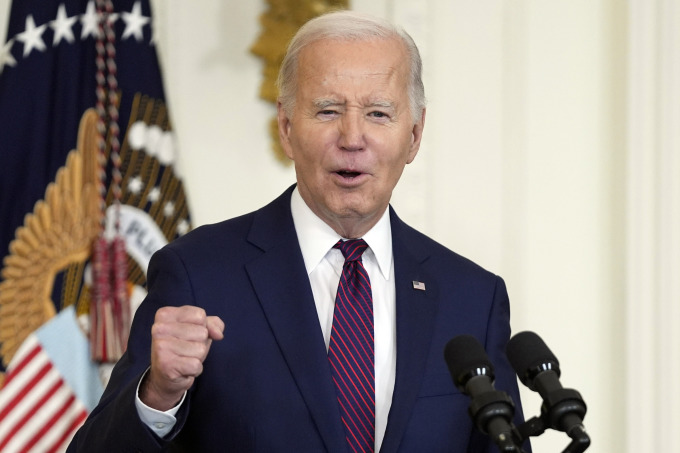
US President Joe Biden speaks at the White House on January 19. Photo: AP
Like any president, Mr. Biden’s agenda has so far been limited by Congress . His $3.5 trillion “Build Back Better” bill has many components, but the most successful so far has been the investment side, including three pieces of legislation focused on infrastructure, semiconductors, and green technology.
Accordingly, three laws were signed into law related to these contents, creating a $2,000 billion effort to reshape the US economy. It was considered an effective presidential term, according to the Economist.
Biden’s reelection motto this year is “We can get it done,” which sounds more like a builder’s pledge than political rhetoric. But current and former advisers to the president say “Bidenomics” is akin to an American economic revolution. Where will that revolution go if Biden continues to run the White House for a second term?
There are two scenarios. First, if Republicans retain control of the House or Senate, or both, advisers say Biden’s focus will be on protecting his legislative achievements. Republicans won’t be able to repeal Biden’s packages, but they can block them.
For example, a nearly $200 billion funding package for advanced technology research and development requires congressional approval to be spent. So far, only $19 billion has been awarded to three federal research agencies, nearly 30 percent less than planned, according to Matt Hourihan of the Federation of American Scientists.
So if Congress refuses to cooperate, the actual money that is spent will be squeezed. The investment that has been spurred over the past few years will likely slow down. Manufacturers will struggle to survive because of high input costs.
But Mr. Biden will have some leverage. Many of the major tax cuts passed under Donald Trump expire at the end of 2025. If Republicans want to extend them to avoid a spike in tax rates, they will likely have to negotiate with Mr. Biden in exchange for supporting some of the president’s priorities, including industrial subsidies, regardless of the budget risk.
But what happens if Democrats control both houses? Mr. Biden could implement unfinished plans in his “Build Back Better” agenda, including free preschool, increased child support, senior benefits and other social benefits.
Treasury Secretary Janet Yellen describes this agenda as “modern supply-side economics.” She argues that investing in education will make workers more productive, while health care will free people, especially women, to work, leading to a larger workforce.
But it would also be costly, requiring at least $100 billion in additional spending each year, adding half a percentage point to the federal deficit, which will reach 7.5% of GDP by 2023. Implementing it would also be difficult. For example, funding child care would spur demand, exacerbating staffing shortages.
Biden’s desire to strengthen unions has an opportunity to do so. Last year, he became the first president to join a protest, joining a strike by autoworkers near Detroit. But beyond symbolic actions and words, his push for the Support Act, which would promote collective bargaining and limit corporate interference in union decisions, has been unsuccessful. Reelection and Democratic control of Congress would open the door.
For supporters, Mr. Biden’s ambitious spending increases on everything from child care to semiconductor subsidies would make America more equal and boost industry. But for opponents, it’s the prospect of a government returning to an outdated model focused on manufacturing and unions that could strain relations with allies.
There are also doubts about the foreign economic approach. The big question, for example, is whether the US and Europe can reach an agreement on critical minerals and work together to secure inputs for battery production and reduce dependence on China. Biden has so far been skeptical of globalization. He recently paused approval of liquefied natural gas exports and is almost certain to maintain a tough stance on China.
In the short term, to be able to continue running the world's largest economy, Mr. Biden must convince Americans. As he prepares for the general election, he emphasizes that people are starting to feel better about the state of the economy, which will be a key issue for them in the November election.
"We passed a lot of really good legislation. It took time to kick in, but it's already having an impact in turning the economy around," he said on January 25 at an event in Superior, Wisconsin.
However, overall, American voters still have a dim view of Mr. Biden's ability to manage the economy. A December Wall Street Journal poll found that "Bidenomics" was approved by less than 30% of voters and disapproved by more than half.
History also works against him economically. The research magazine The Conversation points out that when Americans are confident about the economy, they tend to support the incumbent president. Conversely, if they are pessimistic, they will vote for someone else.
Over the past 45 years, from January 1978 to December 2023, consumer confidence has risen as rapidly as it did under Republican Ronald Reagan in the 1980s and again under Democrat Bill Clinton in the 1990s. Then, approval ratings for the incumbent president have risen in tandem.
By contrast, confidence hit its lowest point in 2008, after the financial crisis, when George W. Bush was in the White House. Approval fell when Barack Obama was elected president that year. For Biden, a Gallup poll released in December 2023 found 22% of consumers satisfied and 77% dissatisfied with the state of the country.
According to The Conversation, the US economy is growing beyond expectations, but GDP figures can feel vague and out of touch with the reality of ordinary people. So far, economic indicators have increased in the run-up to the November election, but have not had any positive impact on Mr. Biden. "While the US economy is doing well, voters have not necessarily felt it in their pocketbooks," the magazine commented.
Phien An ( according to Economist, ABC, Conversation )
Source link



![[Photo] Impressions of the Can Gio Whale Festival](https://vphoto.vietnam.vn/thumb/1200x675/vietnam/resource/IMAGE/2025/10/09/1759984089762_image12334-5642-jpg.webp)




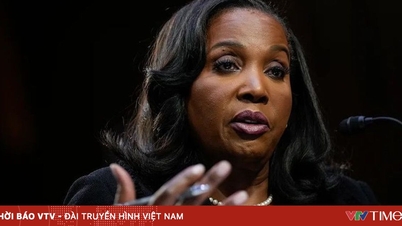

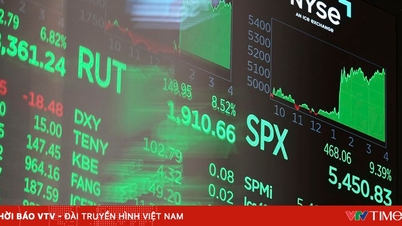

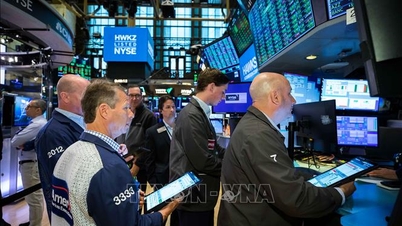



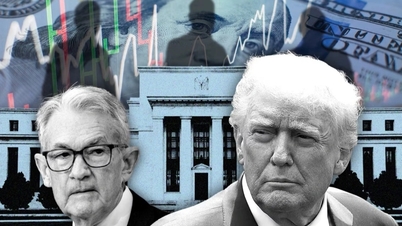






















































































Comment (0)